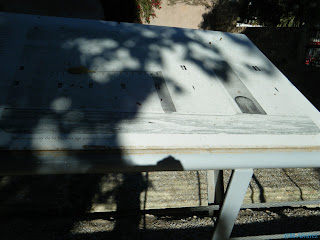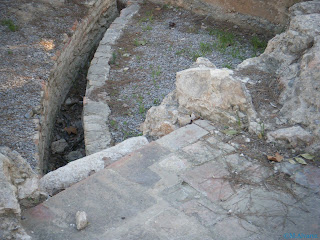Quadrans emitido a fin de celebrar la abolición de los impuestos de 38. Nótese que en el anverso de la moneda se puede observar un grabado de la libertad, que simboliza la liberación del pueblo de la presión fiscal.
Caligula Æ Quadrans. C CAESAR DIVI AVG PRON AVG, pileus between S-C / PONT M TR P III PP COS DES III around large RCC. The theme of this coin alludes to the abolishment of a tax by Gaius (Caligula). The obverse of the coin contains a picture of the cap of liberty which refers to the dismissal of the tax in AD 38 and the liberation of the people from its burden. The cap is located between the legend Senatus Consulto. This is encircled by Caius CAESAR DIVI AVGusti PRONepos AVGustus, which reads “Gaius Caesar Augustus, great grandson of the Deified Augustus.” RIC 39.
























































